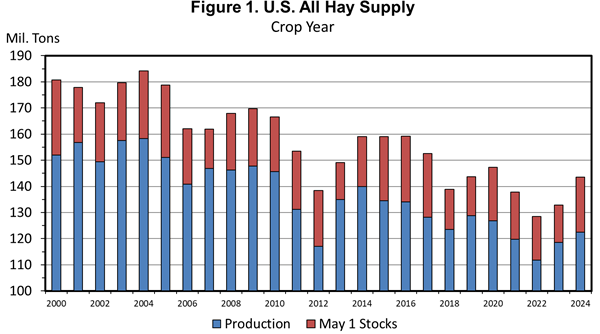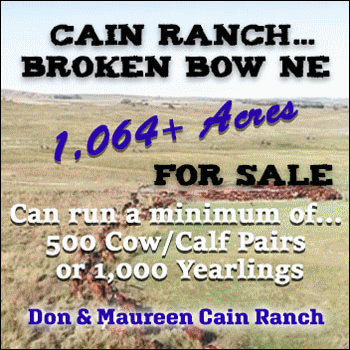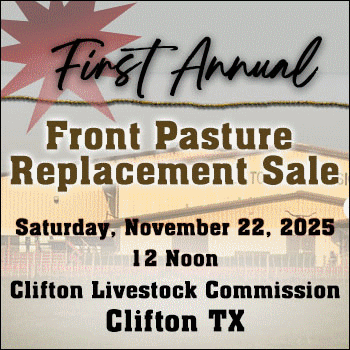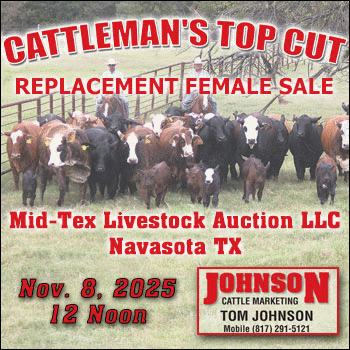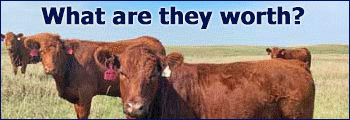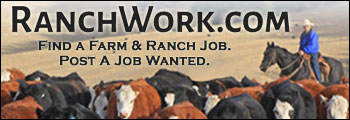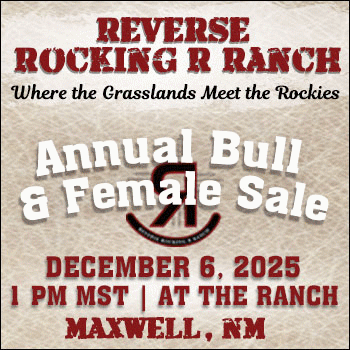Coming into winter 2024/2025, December 1 hay stocks were up 6.3 percent year over year, though still down 3.2 percent from the ten-year average.
Derrell S. Peel, Oklahoma State University
Larger May 1 stocks and increased year over year hay production led to larger hay supplies in 2024 (Figure 1). Total hay production in 2024 was up 3.3 percent year over year and combined with May 1 hay stocks up 46.6 percent over 2023 levels to increase the total hay supply by 7.9 percent compared to year earlier levels. The total hay supply was 1.7 percent below the ten-year average supply from 2014-2023.
Total hay production includes total alfalfa hay production, almost unchanged from 2023 levels and 8.4 percent below the ten-year average as well as total other hay production, up 5.5 percent year over year and 0.6 percent above the 2014-2023 average.

Coming into winter 2024/2025, December 1 hay stocks were up 6.3 percent year over year, though still down 3.2 percent from the ten-year average. Hay supplies have recovered from the drought-reduced levels of 2022-2023 (Figure 1) and, as a result, hay prices have dropped from record levels (Figure 2). Table 1 shows the top ten state rankings for December 1 Stocks; All Hay Production: Alfalfa Hay Production and Other Hay Production and highlights the considerable regional variation in hay production and stocks. Texas is the largest hay producer, mostly other hay, with production and December 1 stocks well above average. Alfalfa hay production was down compared to the ten-year average in some important dairy production states (California and Idaho) as well as in some mostly beef cow states (Montana and South Dakota) that depend on alfalfa hay (Table 1). In many states, increased hay supplies are providing more management flexibility for cattle producers and lower hay costs are reducing annual cost of production somewhat. However, among major beef cow states, Florida, Kansas, Montana, and North Dakota, 2024 December 1 hay stocks are down year over year and below the ten-year average.

